Subscribe to our YouTube channel for the latest videos, updates, and tips.
Home | About Us | Contact Us | Privacy | Math Blog
Comparison of Unlike Fractions
In comparison of unlike fractions, we change the unlike fractions to like fractions and then compare.
Let us compare two fractions 47 and 49 which have same numerator.
Since 4 shaded parts of 7 is bigger than the 4 shaded parts of 9 therefore 47 > 49.
To compare two fractions with different numerators and different denominators, we multiply by a number to convert them to like fractions.
Let us consider some of the examples on comparing fractions
(i.e. unlike fractions).
1. Which one is greater, 47 or 35?
First we convert these fractions into like fractions. To convert unlike fraction into like fraction first of all find the L.C.M. of their denominators.
L.C.M. of 7 and 5 = 35
Now, divide this L.C.M. by the denominator of both the fractions.
35 ÷ 7 = 5
35 ÷ 5 = 7
Multiply both the numerator and denominator with the number you get after dividing.
i.e., 4×57×5 = 2035
3×75×7 = 2135
because 2135 > 2035
So, 35 > 47
We can compare two fractions by cross multiplication also.
Let us solve the above example by cross multiplication. Here, we cross multiply as follows.
4 × 5 = 20
3 × 7 = 21
Since, 21 > 20
Therefore, 35 > 47
2. Compare 325 and 234.
First we convert these mixed numbers into improper fractions.
234 = 4×2+34 = 114
325 = 5×3+25 = 175
Now, we compare 114 and 175 by cross multiplication.
11 × 5 = 55 and 17 × 4 = 68
We see that 68 > 55.
Therefore, 175 > 114 or, 325 > 234
3. Let us compare 57 and 35.
57 = 5×57×5 = 2535
Multiply the numerator and denominator by 5.
35 = 3×75×7 = 2135
Multiply the numerator and denominator by 7.
Hence, 2535 > 2135
Therefore, 57 > 35
We will learn an alternative method i.e. cross multiply to compare the given fractions.
4. Let us compare 23 and 45.
2 × 5 = 10 and 3 × 4 = 12
Since, 12 > 10, hence 45 > 23
Comparison of Fraction with Different Numerators and Denominators:
1. Compare 34 and 511
Step I: Find the least common denominator by finding the L.C.M. of the denominators 4 and 11.
L.C.M. of 4 and 11 = 4 × 11 = 44
Step II: Change the given fractions into equivalent fractions with denominator 44.
3×114×11 = 3344; 5×411×4 = 2044;
34 = 3344 511 = 2044
3344 > 2044
Therefore, 34 > 511
2. Compare 68 and 1416
3. Compare 68 and 1416 by using the method of cross multiplication.
316 < 24 because 12 < 32
4. Compare 614 and 122
Change 614 to an improper fraction.
614 = (6×4)+14 = 254
254 > 122 because 50 > 48
Comparison of Fractions with Unlike Numerators and Unlike Denominators
To compare two fractions having unlike numerators and unlike denominators, we first convert them into the fractions having like (same) denominator. This can be done by multiplying the numerator and the denominator of each fraction by a suitable number. Then we compare the fractions as usual.
5. Consider 15 and 34
Solution:
15 = 1×45×4 [Multiplying the numerator and the denominator by 4]
= 420
34 = 3×54×5 [Multiplying the numerator and the denominator by 5]
= 1520
Clearly, 420 < 1520, (Since 4 < 15 )
Hence, 15 < 34
Another method:
Two fractions can be compared by using the method of cross multiplication.
6. Consider 211 and 47
Solution:
Given fractions are 211 and 47
Now 2 × 7 = 14 and 4 × 11 = 44
Since angle 4 > 14, hence 211 < 47
7. Consider 415 and 213
Solution:
Given fractions are 415 and 213
Now 4 × 13 = 52 and 15 × 2 = 30
Since 52 > 30, hence 415 > 213
Worksheet on Comparison of Unlike Fractions
1. Put the appropriate sign >, < or = in the box.
(i) 425 _____ 16100
(ii) 18 _____ 332
Answer:
1. (i) =
(ii) >
2. Fill in each blank by putting > or < in each of the following to make the statement true:
(i) 320 _____ 720
(ii) 58 _____ 516
(iii) 1519 _____ 1219
(iv) 1415 _____ 1417
(v) 511 _____ 711
(vi) 1021 _____ 1013
Answer:
2. (i) <
(ii) >
(iii) >
(iv) >
(v) <
(vi) <
3. Which is the smaller in each of the following pairs of fractions?
(i) 715, 15
(ii) 19, 421
(iii) 1825, 25
(iv) 512, 310
(v) 920, 715
(vi) 821, 720
Answer:
3. (i) 15
(ii) 421
(iii) 1825
(iv) 512
(v) 920
(vi) 821
4. Compare each pair of fractions and write < or < in the box:
(i) 57 □ 59
(ii) 611 □ 714
(iii) 17 □ 18
(iv) 411 □ 47
(v) 67 □ 611
(vi) 37 □ 35
Answer:
4. (i) >
(ii) >
(iii) >
(iv) <
(v) >
(vi) <
Related Concept
● Representation of a Fraction
● Properties of Equivalent Fractions
● Comparison of Like Fractions
● Comparison of Fractions having the same Numerator
● Conversion of Fractions into Fractions having Same Denominator
● Conversion of a Fraction into its Smallest and Simplest Form
● Addition of Fractions having the Same Denominator
● Subtraction of Fractions having the Same Denominator
● Addition and Subtraction of Fractions on the Fraction Number Line
4th Grade Math Activities
From Comparison of Unlike Fractions to HOME PAGE
Didn't find what you were looking for? Or want to know more information about Math Only Math. Use this Google Search to find what you need.
Recent Articles
-
5th Grade Circle Worksheet | Free Worksheet with Answer |Practice Math
Jul 11, 25 02:14 PM
In 5th Grade Circle Worksheet you will get different types of questions on parts of a circle, relation between radius and diameter, interior of a circle, exterior of a circle and construction of circl… -
Construction of a Circle | Working Rules | Step-by-step Explanation |
Jul 09, 25 01:29 AM
Construction of a Circle when the length of its Radius is given. Working Rules | Step I: Open the compass such that its pointer be put on initial point (i.e. O) of ruler / scale and the pencil-end be… -
Combination of Addition and Subtraction | Mixed Addition & Subtraction
Jul 08, 25 02:32 PM
We will discuss here about the combination of addition and subtraction. The rules which can be used to solve the sums involving addition (+) and subtraction (-) together are: I: First add -
Addition & Subtraction Together |Combination of addition & subtraction
Jul 08, 25 02:23 PM
We will solve the different types of problems involving addition and subtraction together. To show the problem involving both addition and subtraction, we first group all the numbers with ‘+’ and… -
5th Grade Circle | Radius, Interior and Exterior of a Circle|Worksheet
Jul 08, 25 09:55 AM
A circle is the set of all those point in a plane whose distance from a fixed point remains constant. The fixed point is called the centre of the circle and the constant distance is known
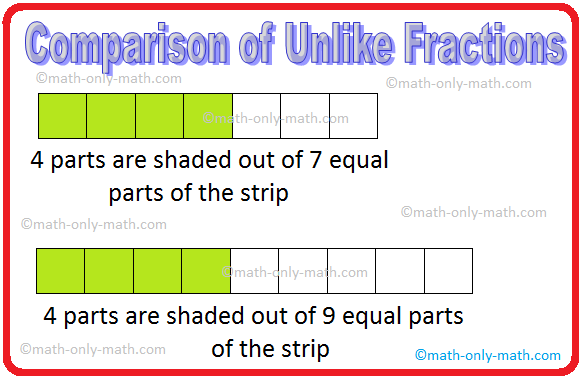
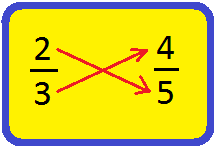
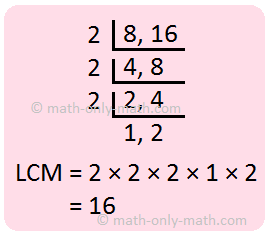




![To convert a percentage into a fraction, place the given number over 100 and reduce it to its lowest term. Consider the following example: (i) 20% [We know % = 1/100]](/images/convert-a-percentage-into-a-fraction.png)
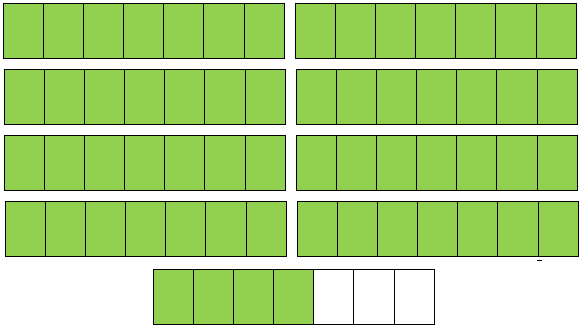
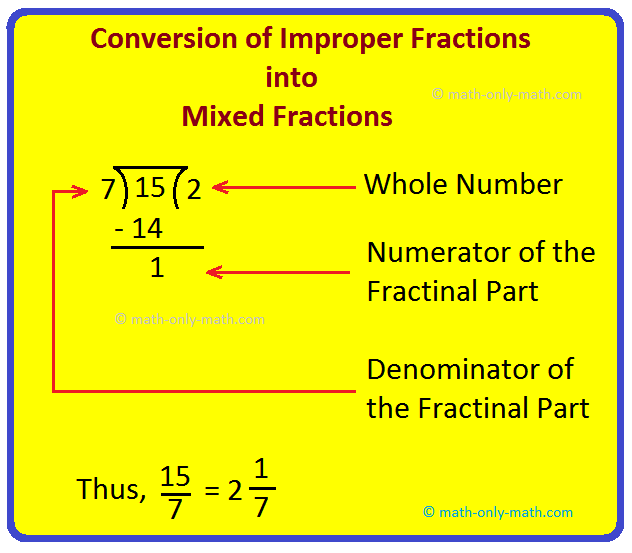
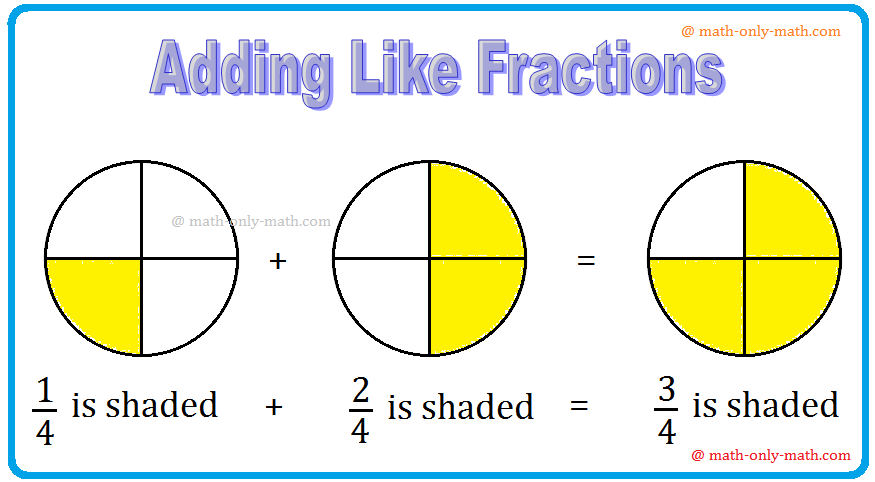


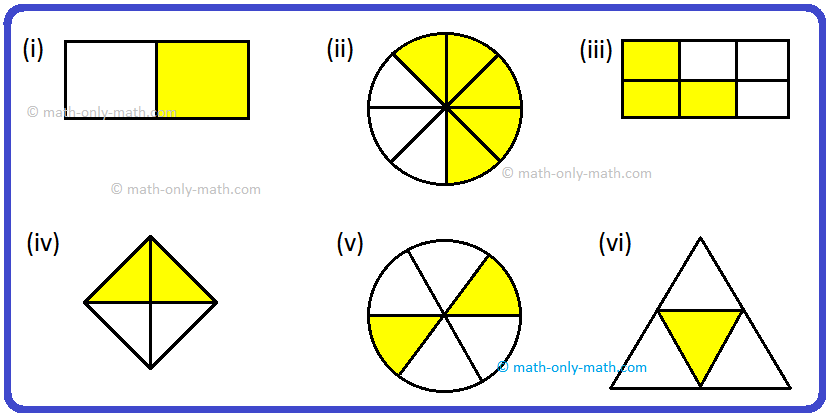


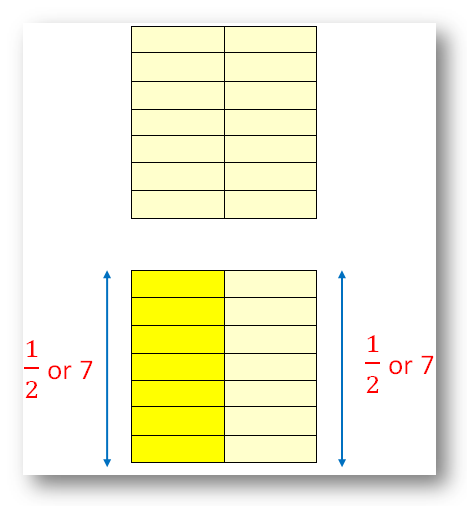

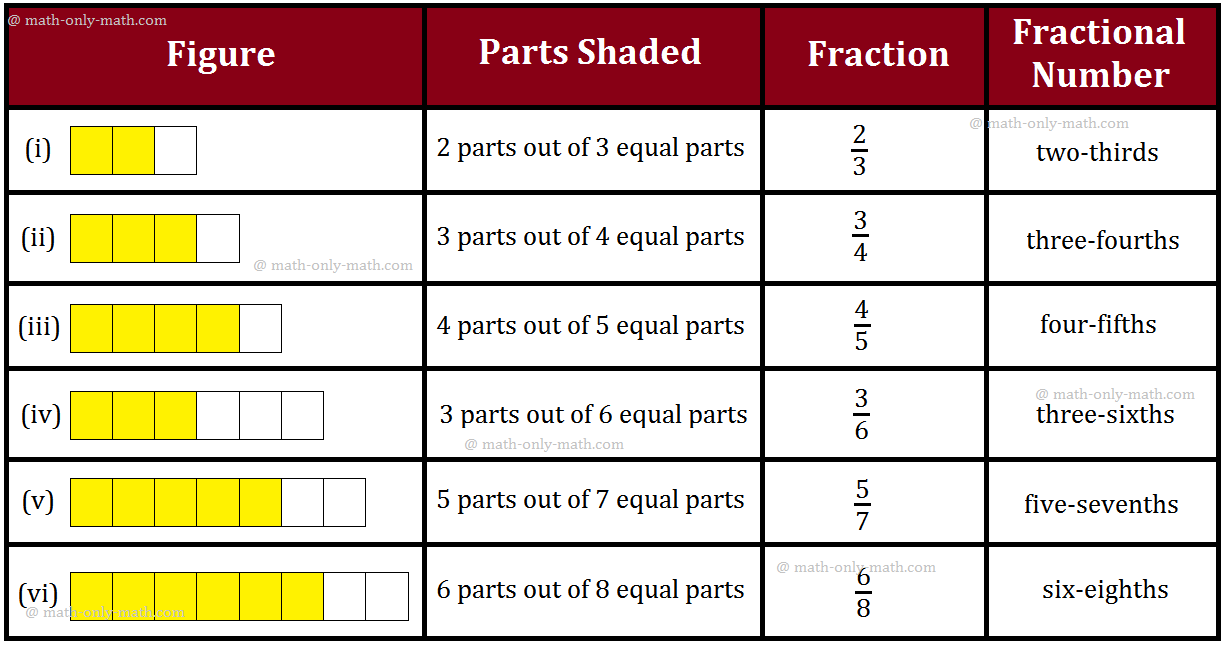




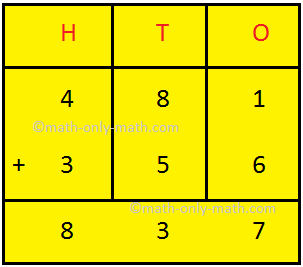
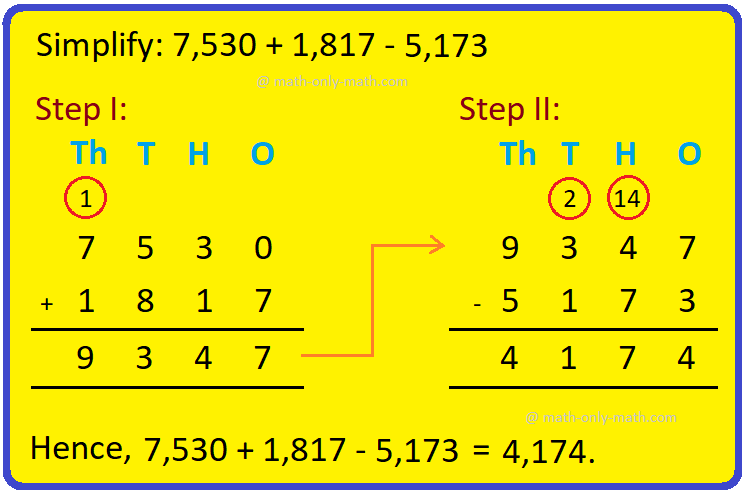
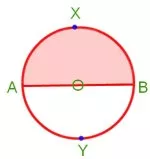
New! Comments
Have your say about what you just read! Leave me a comment in the box below. Ask a Question or Answer a Question.